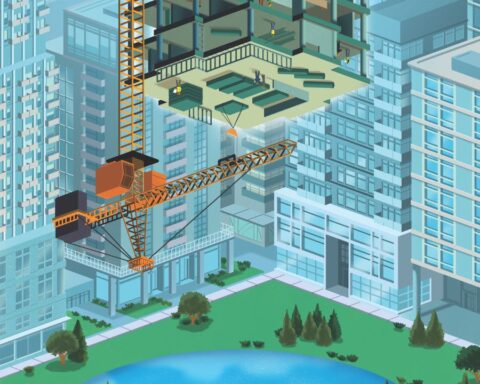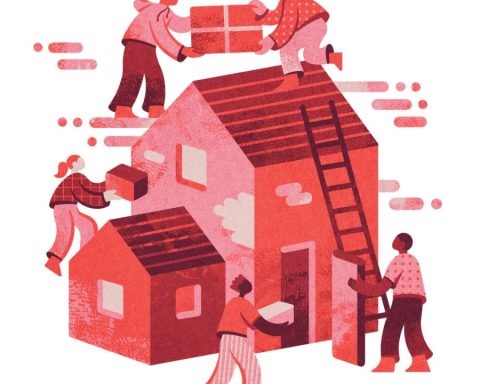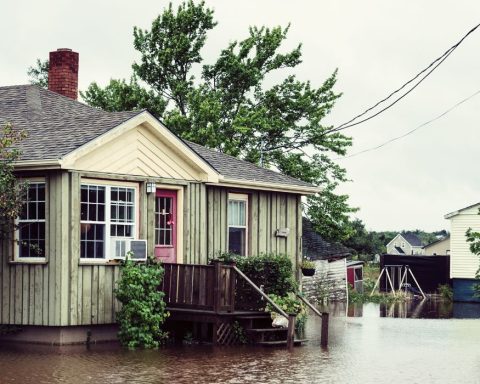“While central air conditioners and heat pumps share mechanical similarities, heat pumps excel in energy efficiency by moving existing heat, reducing energy consumption, lowering heating bills, and minimizing greenhouse gas emissions.”
The 29-page report, The Cool Way to Heat Homes [pdf], says technological improvements have made heat pumps a cost-effective pathway to reduce building emissions. “Single-speed heat pumps are now only marginally more costly to manufacture than comparable central air conditioners. And more efficient variable-speed and cold-climate units are becoming increasingly affordable, making the transition to clean heating more feasible than ever.”
The recent improvements make heat pumps as effective as central air in quelling the often deadly summer heat. But they keep on working in winter, when air conditioning shuts down—delivering a significant emissions reduction, even in jurisdictions that still produce electricity from fossil fuels.
“A single-stage heat pump that meets the current minimum efficiency standards will, on average, produce 220% more heat energy than it consumes in electricity,” the report explains. “A variable-speed cold-climate unit can run at 400% efficiency or more.” By contrast, some electric resistance heating can operate at 100% efficiency, and fossil fuel furnaces generally fall between 80 to 90% for existing units, 95% for new gas or propane units.
“Because heat pumps leverage the energy that goes into them so effectively, generating electricity with methane gas (for example) and then powering a heat pump can be more efficient than burning that gas for heat would be,” the report says.
“Depending on the local climate, the quality of the building insulation, and air sealing, and the capabilities of the unit, a heat pump may meet all of a home’s heating load,” the authors add. But even a hybrid system, where a heat pump is combined with some other, pre-existing heating source, “can help build a foundation for long-term electrification by increasing familiarity with heat pumps among both consumers and contractors.”
That familiarity would appear to be needed. While Canadians brought home 36,000 new ducted heat pumps in 2022, they bought 10 times as many central air conditioners, the report states. Those numbers reflect at least five major barriers to uptake: lower familiarity with heat pumps, infrequent purchasing, short turnaround times when a household needs to replace its cooling system, limited availability of heat pumps, and higher up-front costs (even though they’re paid back through future energy savings).
The report urges governments at all levels to seize “a rare ‘win-win’ opportunity” that can deliver the cooling families need and want “with minimal disruption to manufacturers, distributors, installers, and consumers.” It suggests a national mandate requiring all central air conditioners to also have heating capabilities as “the most straightforward way to transform the market”, but also cites building codes and performance standards, incentives for manufacturers and distributors, and complementary policies for large commercial and multi-unit buildings as important tools in the implementation toolbox.
This article originally appeared in The Energy Mix.







